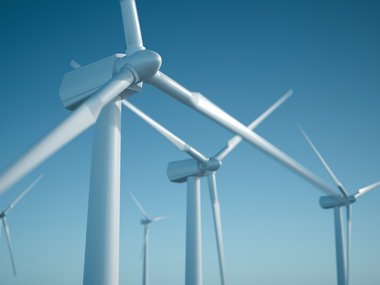Question Your World: How Could We Power the Future?
Folks, we have small powered devices everywhere, especially when you consider the many internet-of-things objects in our day to day lives, like your many home devices, various sensors for agriculture and construction, smart watches, small mountable cameras and beyond. Many of these devices operate on batteries. There are billions of these devices actively used around the globe today. That’s a lot of batteries! And as newer devices get developed faster and faster, more and more batteries will be needed to power their usage.
With all this battery usage comes a few problems: lithium extraction is pricey, most existing batteries have a relatively short shelf life and batteries are incredibly dangerous to the environment when discarded as waste. So, how could we power small devices in the future?
A team of researchers turned to one of science’s most common inspirations: Mother Nature!
Using some blue green algae, researchers created a new kind of battery that could be a real game changer. This experimental prototype is about the size of a traditional AA battery. This canister filled with water and algae uses sunlight for its photosynthesis process. This creates a small charge which is then harnessed and sent out to a device.

Image credit: Getty Images
Researchers created this environmentally friendly object to power a microprocessor and had high hopes that it would work for two weeks or so. The results? Even better: it ran for six months before they published their report and continued to run after that, too!
Since this algae is using sunlight, it does not deplete charge like a normal battery. It even works at night as the algae is processing its food! The output was a consistent 0.03 micro watts per hour, a tiny amount compared to what’s needed for a desktop.
While this existing algae battery is not quite ready to power all our needs, scientists are hopeful that this is proof of concept of something they could scale up with more research. This falls into a very fascinating and quickly growing field in energy research called biophotovoltaics.
There’s still much research left here, but for now it's a very hopeful result to see a recyclable, renewable option that produces its own power! No wonder these scientists are all charged up.


